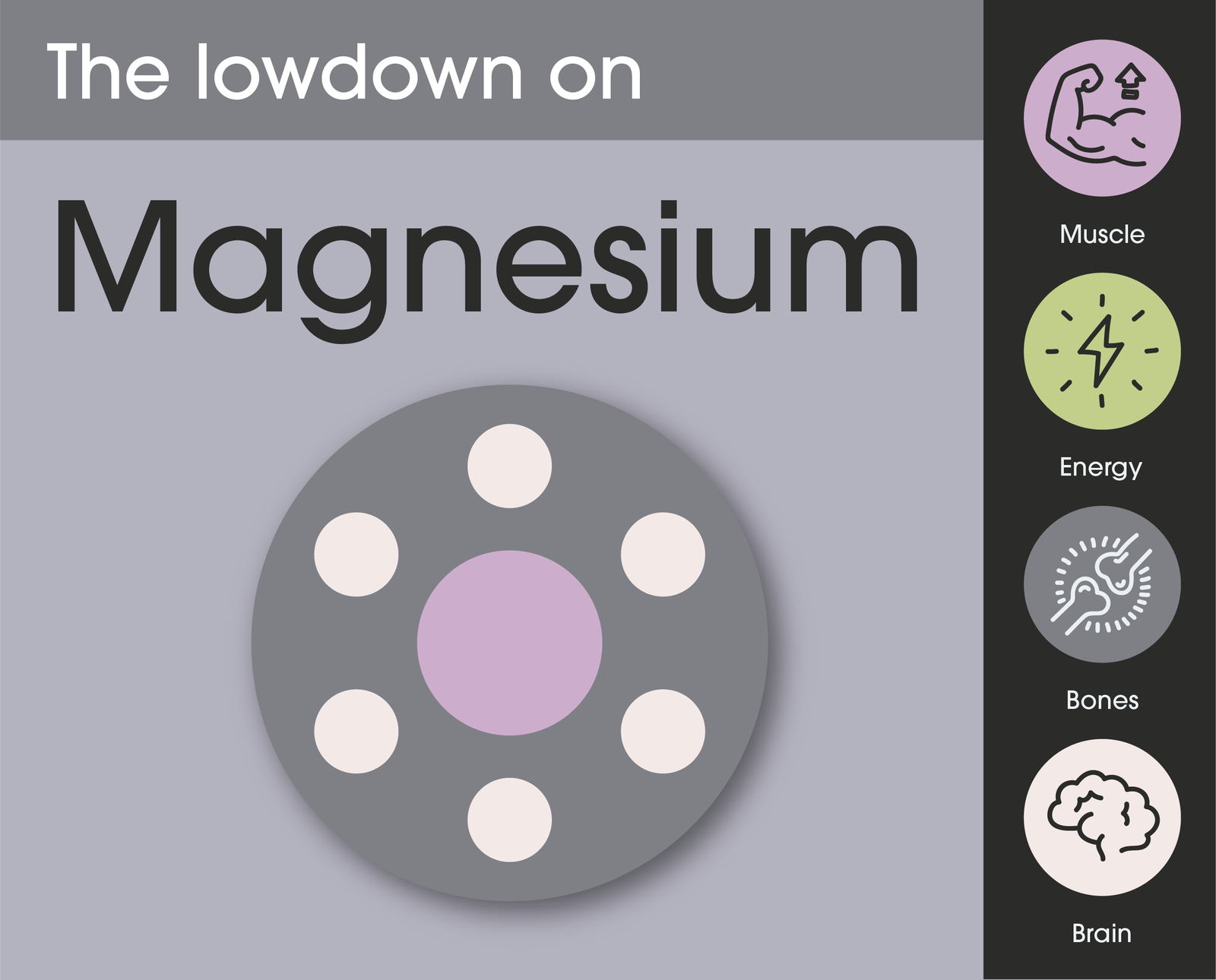
Benefits of Vitamin E in the body
Fatigue
Vitamin E is a potent antioxidant protecting cells against damage from oxidative stress. Concentrations are highest in the cells around the energy producing mitochondria (the energy powerhouse of our cells). Studies show that people suffering with chronic fatigue are commonly found to have lower levels of circulatingVitamin E (1).
Reduced risk ofchronic disease including Cancer, CVD, dementia, Parkinson’s are found to be lower in those withlifelong higherhealthy Vitamin E levels (2, 3, 4)
Female hormone balance
Vitamin E plays a significant role in female hormonal health (5) in particular it has been shown to be effective for reducedperiod pain (6). It’s also well established with it’s ability to support symptoms of PMS (7). Hormonal conditions such as PCOS, endometriosis and fertility issues have also be connected to low vitamin E status.
Skin health
Commonly those withskin conditions such as vitiligo, psoriasis, atopic dermatitis and acne have lower levels vitamin E within the body (8). The good news is, supplementation of vitamin E has been shown to have potential benefits to improveskin conditions! (9)
Immunity
Vitamin E plays a major role in theimmune system (10, 11). Higher levels of the vitamin show a protective balancing effect especially in older individuals.
Why our form of vitamin E is superior
Synthetic vitamin E is derived from petroleum, but here at evity we use Natural Vitamin E succinate. It’s derived from natural plant oils. Its better absorbed and transport proteins in the liver bind better to the natural form, allowing it to be transported more effectively to the tissues. It is well documented that vitamin E, the natural form, is significantly better absorbed.
Foods rich in vitamin E
Some of nature’s best source of vitamin E are:
- Sunflower seeds
- Almonds
- Hazelnuts
- Pine nuts
- Cold-pressed sunflower oil
- Olive oil - top tip: use in salad dressings!
- Avocado
- Leafy greens like spinach
- Peanuts
- Butternut squash
- Mangos
- Kiwis
Be careful when it comes to heating oils, as it will damage the antioxidant level to a certain degree.
Daily recommended intake of vitamin E
The daily NRV for Vitamin E is 12mg.
Top tip! Absorption is improved if supplements are taken with natural fats from food!
Latest research of vitamin E
General wellbeing
Supplementation of key immune micronutrients such as vitamin E can be effective as a public health strategy to preventviral diseases. (12)
Dental health
The importance oforal health and hygiene is a growing area of research, not only in teeth and mouth health, but its systemic effects on areas such as cardiovascular system. Vitamin E may play a key role in oral health and immunity (13)
Anti-allergenic effects
Vitamin E supplementation can reduce inflammation which can help reduceallergy symptoms.(14)
Problems with overdose
There is no evidence that Vitamin E in food form can be overconsumed. The upper tolerable limit for supplements is 1000mg (1,100 iu in natural form) per day. Although very high doses are not recommended long term and there is no evidence that they are clinically needed for health benefit.
References:
- https://journals.plos.org/plosone/article?id=10.1371/journal.pone.0176631
- https://journals.lww.com/co-lipidology/Abstract/2008/02000/Vitamin_E_revisited__do_new_data_validate_benefits.7.aspx
- https://www.ncbi.nlm.nih.gov/pmc/articles/PMC3997530/
- https://www.sciencedirect.com/science/article/abs/pii/S1474442205700971
- https://www.mdpi.com/1420-3049/27/6/1896/html
- https://www.ajol.info/index.php/jbcrs/article/view/114382
- https://www.banglajol.info/index.php/BJMS/article/view/35273
- https://journals.plos.org/plosone/article?id=10.1371/journal.pone.0261259
- https://onlinelibrary.wiley.com/doi/abs/10.1111/dth.15160
- https://www.ingentaconnect.com/content/ben/emiddt/2014/00000014/00000004/art00007
- https://www.sciencedirect.com/science/article/abs/pii/B9780123869609000083
- https://www.mdpi.com/2072-6643/12/4/1181
- https://www.sciencedirect.com/science/article/abs/pii/S1349007921000530
- https://www.sciencedirect.com/science/article/pii/S1567576920336638





